Basenji
Basenji is unique, smart, and independent and one of the oldest dog breeds in the world. He originated as a hunting dog in central Africa. Even before the pyramids were built, these dogs were known to humans. Many people say that this dog has catlike behavior because it's hard for him to obey orders.
Other names for this dog breed are
- African bush dog,
- African barkless dog,
- Congo dog,
- Ango angari
- Zande dog.
They became the most famous because they are a nonbarking dog breed. They will express their feelings by creating a strange sound- something between yodel and chortle. This dog has a unique temperament and personality, and if you are considering getting this dog breed it is advised to research before contacting Basenji breeders because if you don't know what this dog is gonna be like you might get disappointed or frustrated.
For these dogs some people say that these are the perfect pets, while others will say that they are impossible to handle.
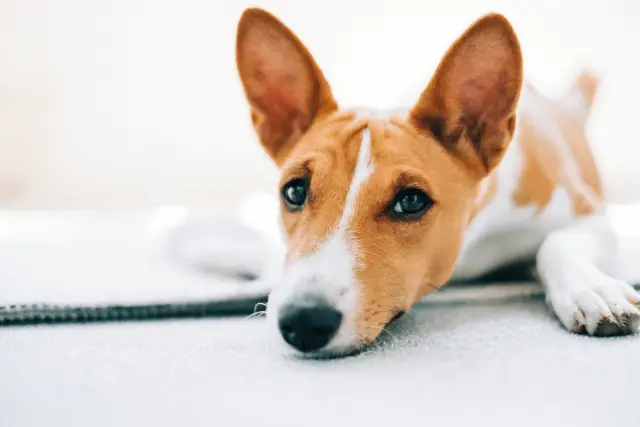
FUN FACT: Basenji is a hunting dog that, unlike most dogs, hunts by sight and hearing or by using both senses at the same time to catch its prey.
Dog Breed Video

Height:
16–17 in (40–43 cm)

Weight:
21-24 lb (9,5-11 kg)

Origin:
Central Africa

Life Expectancy:
13-14 years
Dog Breed Characteristics
This is an elegant dog with an aristocratic posture. They are square-proportioned dogs with pronounced wrinkles on the forehead, dark almond eyes, and a tiny curled tail that is laid on their back.
FUN FACT: Basenji is known as a „barkless dog. “

Coat and grooming
Their coat is easy to take care of. They have a short and fine coat that comes in various colors, including black, chestnut red, tricolor (chestnut and black), and brindle (chestnut background with black stripes). All colors can be with white feet, chest, and tip of the tail.
This dog can have white on his legs, white markings around his neck, and white on his face between his eyes. His primary color is more noticeable than white. All his markings stand out. They don’t require more than one quick brush during the week.
Brushing will also distribute skin oil through the coat and, with that, keep the coat healthy and good-looking. This dog sheds like any other dog breed, but his hair is not noticeable because it is short and fine. This dog will keep himself clean. They don’t have a doggy smell, and unless they are extremely dirty, they don’t need to be bathed.
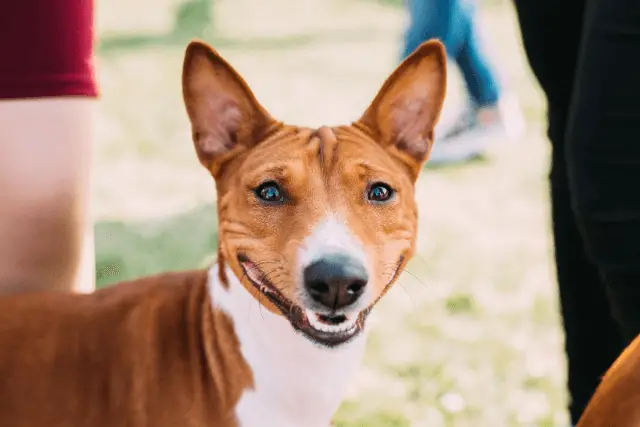
Brush his teeth a few times a week to remove any tartar buildup and to secure good and healthy gums. Their nails should be trimmed if they don’t wear them out naturally. For a dog to get used to all the things above, you need to start with them while they are puppies. If you make this a positive experience with rewards, they will enjoy grooming sessions when they grow up.
Always during grooming sessions, check the dog for any signs of rashes, sores, or any other infections. If you regularly examine your dog, you can spot and prevent some potential health problems.
Exercise
These are very active and energetic dogs that require a lot of exercise so they wouldn't become bored. If they are bored, they can develop destructive behavior. Some dogs will be more than happy with a few daily walks but with most Basenji dogs, that is not the case. For these dogs, you need to secure regular play sessions every day.
These dogs are suited for apartment living if you provide them with enough exercise. You should only let them off-leash in the fenced yard because of their strong prey drive, and in most cases, they will not be able to restrain the urge to run off and chase.
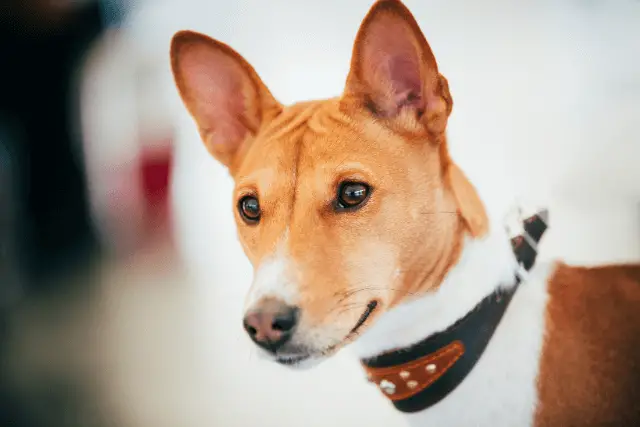
They are great escape artists, so you must keep an eye on them while running free. They excel and are very good at canine sports such as agility, obedience, and tracking. This dog breed doesn’t like rain. When it is wet outside, you can expect your dog to be grumpy during the walk.
FUN FACT: This dog considers himself a family member, so you can't let them in the yard alone.
Training and socialization
Training this dog breed is not an easy job to do. For every dog breed, it is advised to start with training and socialization early, but with this breed, these things are a necessity. They are often described as “catlike” because they have a mind of their own. You must put in a lot of work and patience to give them the right push.
They will learn quickly but only in a rewarding and encouraging atmosphere because they are not dogs who will blindly follow orders. Positive reinforcement training methods are a must. If you treat them harshly, they will just become more stubborn and less willing to do the thing you are asking.
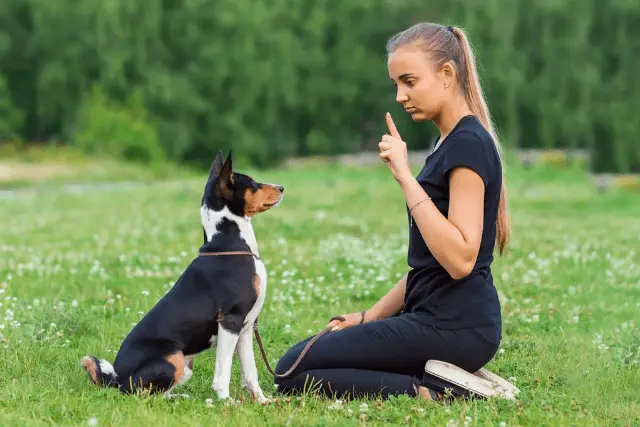
The bad thing is that they quickly lose interest, so training sessions should last no more than 5-10 minutes. If you keep training interesting, your Basenji will do the work.
FUN FACT: This dog will chew anything that gets in this way, so you need to keep that in mind when leaving him home alone.
Basenji and other animals
To secure a well-rounded dog, you must expose your dog to many different people, sights, and sounds. Basenji dogs can be untrusty toward strange people. These dogs can get along with other dogs, but this depends on every individual Basenji.
If you expose your dog while he is a puppy to many different dogs, you can reduce unwanted behavior when they grow up. They have a very good memory, and if they like some dog, they will get along with him even if he hasn’t seen it in a few months.
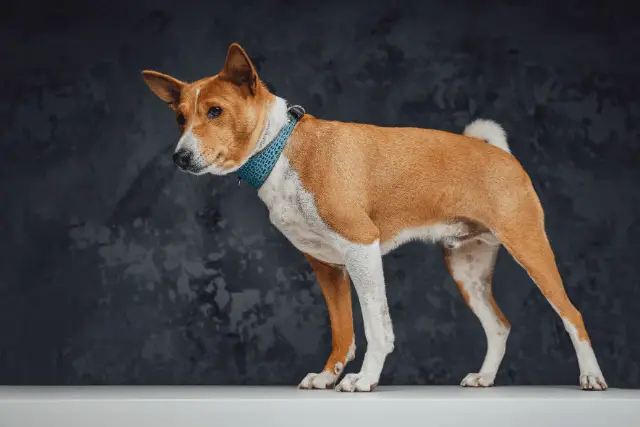
These dogs shouldn't be trusted with cats and other small animals unless they are raised with them and they know that they are family members. This rule won't apply to the animals they see outside.
Basenji and kids
These dogs are not best suited for families with small children. Because of their high energy, they can get along with the older kids, and they can be a good companions. The best thing you can do if you know that your dog will be around the kids through his life is to raise them properly from the puppy age.
If you have an adult dog who hasn’t interacted with kids, the best-suited home for him would be where the kids are old enough to make an interaction with the dog.
If you decide to raise your dog in the presence of the children, you need to be very careful. Always teach your child how to properly play and interact with the dog, so you won't be in bad situations. Never let them unsupervised while they are together.
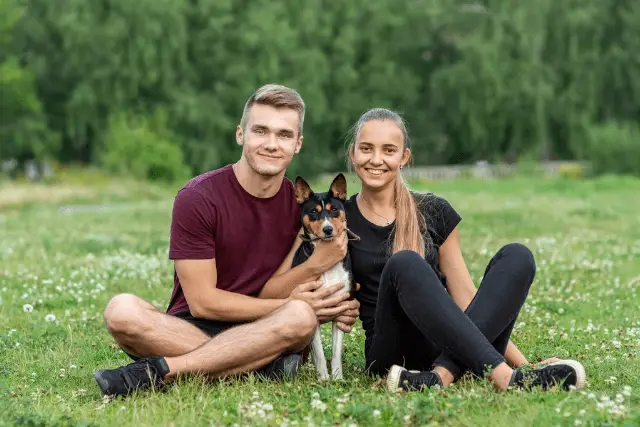
Health problems
They are generally healthy dog breeds with a life span of 13-14 years. There are a few health problems that your Basenji dog can end up with, but if you find a responsible Basenji breeder who regularly tests his breeding dogs there is less probability that your dog will end up with any of them.
Your dog can end up with
- Fanconi syndrome (kidney disease that affects the processing of proteins and sugars. He will urinate the proteins the dog needs to survive. Usually, it is diagnosed in dogs that are 4 to 7 years old. This syndrome used to be fatal, but today there is a new way to increase the life expectancy of dogs with this disease.),
- hip dysplasia,
- umbilical hernia,
- progressive retinal atrophy (PRA – gradual deterioration of the retina),
- coloboma (a common name for a hole or a gap in the structure of the eye. This hole can occur anywhere, but usually at the bottom of the eye.),
- hypothyroidism,
- IPSID (Immunoproliferative Systemic Intestinal Disease – dogs that are affected with this disease will have trouble gaining weight, and they will have chronic loose stool. Treatment of this disease will include changing the dog's diet and drug usage to decrease histamine reaction.)
- pyruvate kinase deficiency.
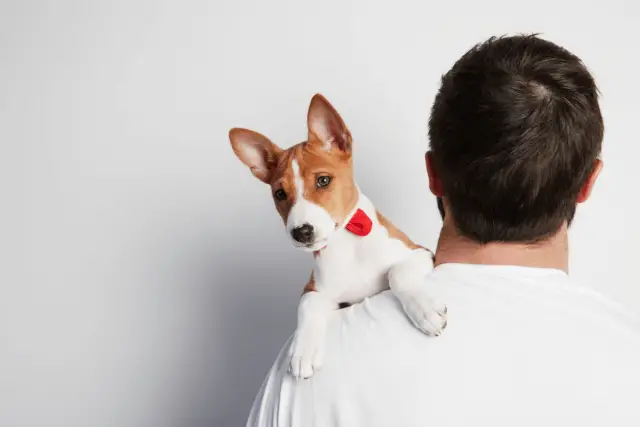
Good breeders will test their dogs and scan health disorders (IPSID, hip dysplasia, hypothyroidism), and with the gene tests, they can identify carriers of Falconi syndrome and PRA. There are a few recommended health tests that you can perform to be sure that your Basenji dog is healthy: hip evaluation, ophthalmologist evaluation, PRA-BJ1 DNA test, and Falconi Syndrome DNA test.
Basenji annual estrus
Unlike any other dog breed, Basenji only has one estrus session per year. Sometimes females can have two estruses, but usually, the second will be false. For the dogs living in the northern hemisphere, estrus will occur between September and October, while for the dogs that are in the southern hemisphere, estrus will occur between June and July.
Basenji breeders
If you want to find a good and healthy puppy, the key is to find good and reputable Basenji breeders. This breed is prone to some health problems unique to this dog breed, so it's very important that the breeder you are trying to buy a puppy from tests his breeding dogs for any hereditary diseases.
Because these dogs are rare, you need patience if you decide to get one. Don't be surprised if you are put on the waiting list because of that. Because you might wait for your puppy, don't be tempted and go to the pet store or to a puppy mill breeder to get a dog immediately. If you do so, most likely, your dog will end up with some serious health problems later in life.

The best thing for you is to wait and get a purebred puppy from a reputable breeder. We suggest you search Basenji breeders on the World Dog Finder website because all the breeders that are registered on the website are official and registered by the national associations of the country they are from.
If you are impatient and can wait for the dog, we advise you to contact your local animal shelters because there is a chance you can find the Basenji dog that you can rescue.
This dog is not the dog for everyone; they are hard to train, and you need to put in a lot of work with them and find new and creative methods of training, but if you do so, you will end up with the ideal companion you can get, and both you and your dog will be happy and satisfied.
World Dog Finder team

Updated at17.09.2023.
Breed History
This dog is probably the oldest dog breed of domesticated dog. They were discovered in the Congo (Africa) and associated with humans long before the pyramids were built. On the banks of the Nile, they arrived as a gift from African tribes to Pharaons. Many different drawing and art that clearly shows Basenji-like dogs can be seen in Mesopotamian and Babylonian art.
Although these civilizations collapsed, Basenji dogs endured as semi-wild dogs living near the headwaters of the Nile and Congo rivers. These dogs were discovered by Westerners in the Congo in the 19th century. These dogs were used for flushing game into nets, carrying goods, and warning people if some dangerous animal was approaching. Some tribes in Africa valued these dogs more than wives.
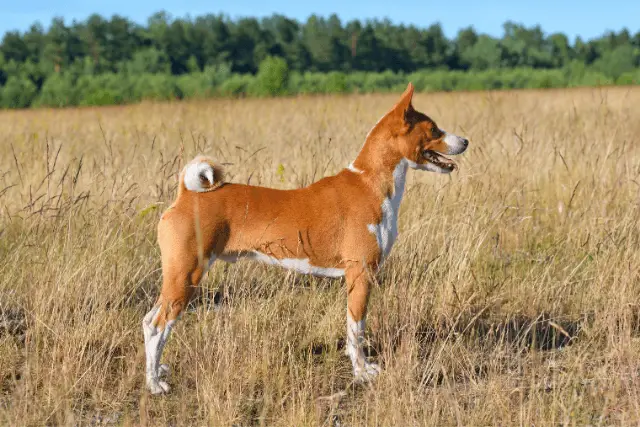
The first attempts to bring this dog to England in the late 1800s and early 1900s failed because all dogs died of distemper. In the 1930s, a few Basenji dogs were brought to England, this time successfully, and they became the foundation of this dog breed outside of Africa. Early imported dogs caught a lot of attention, and after they were brought to America, the popularity of the Basenji dog breed started to rise modestly.
FCI accepted this dog breed in 1964, while the AKC fully recognized the Basenji dog breed in 1943. The first registered dog in the AKC was Bois in 1944.
FUN FACT: These dogs belong to the pariah dog family, which means that they have primitive characteristics and appearance.
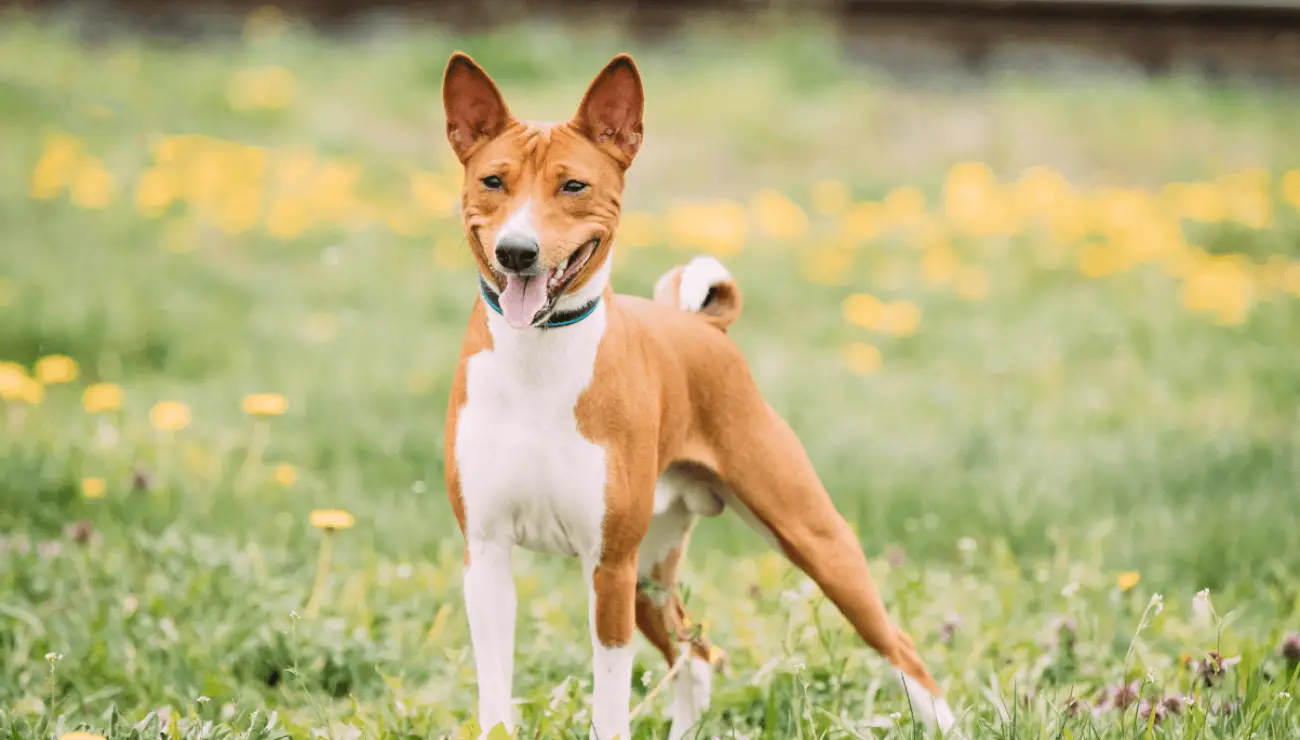
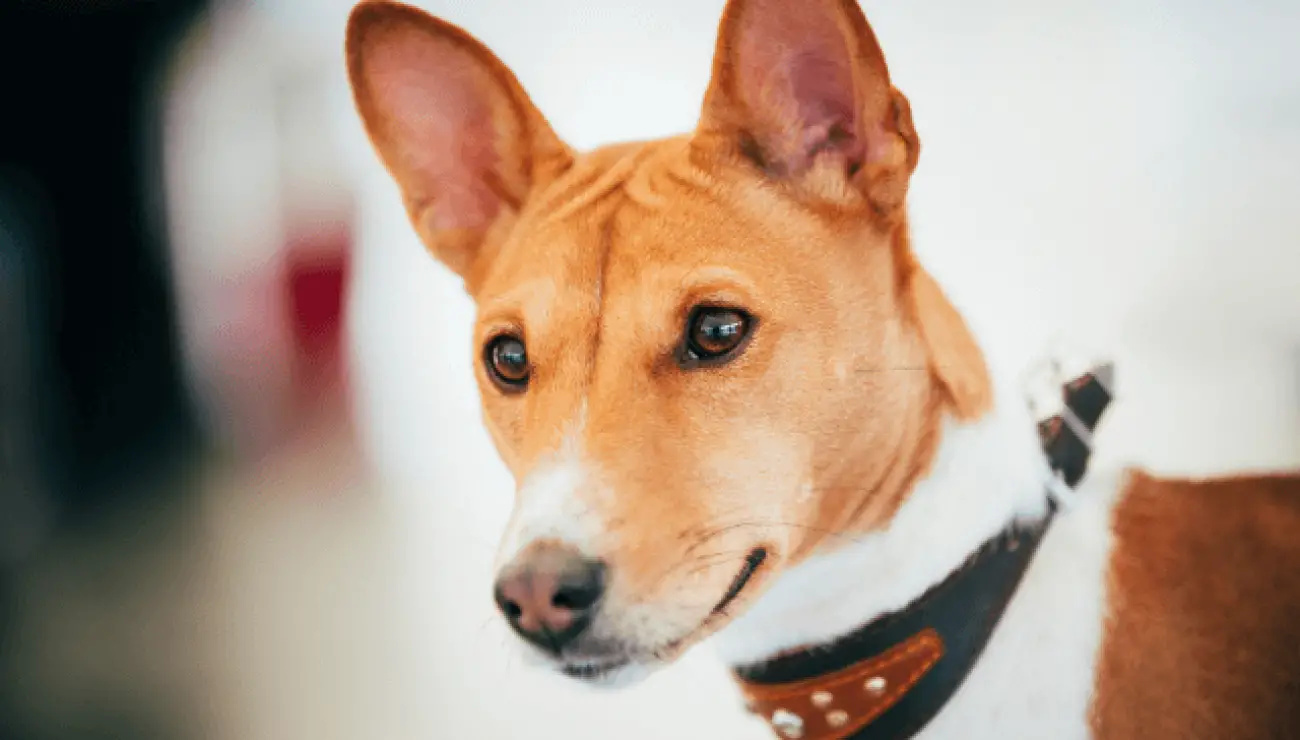
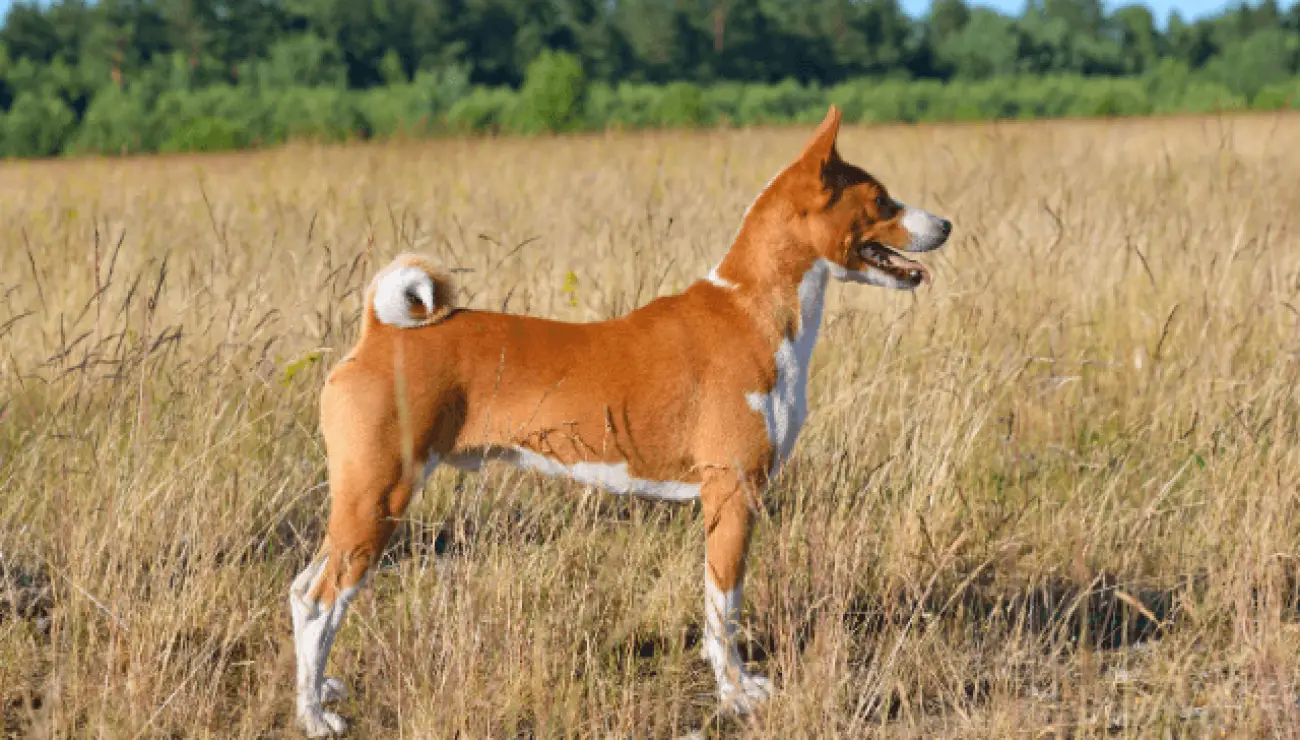
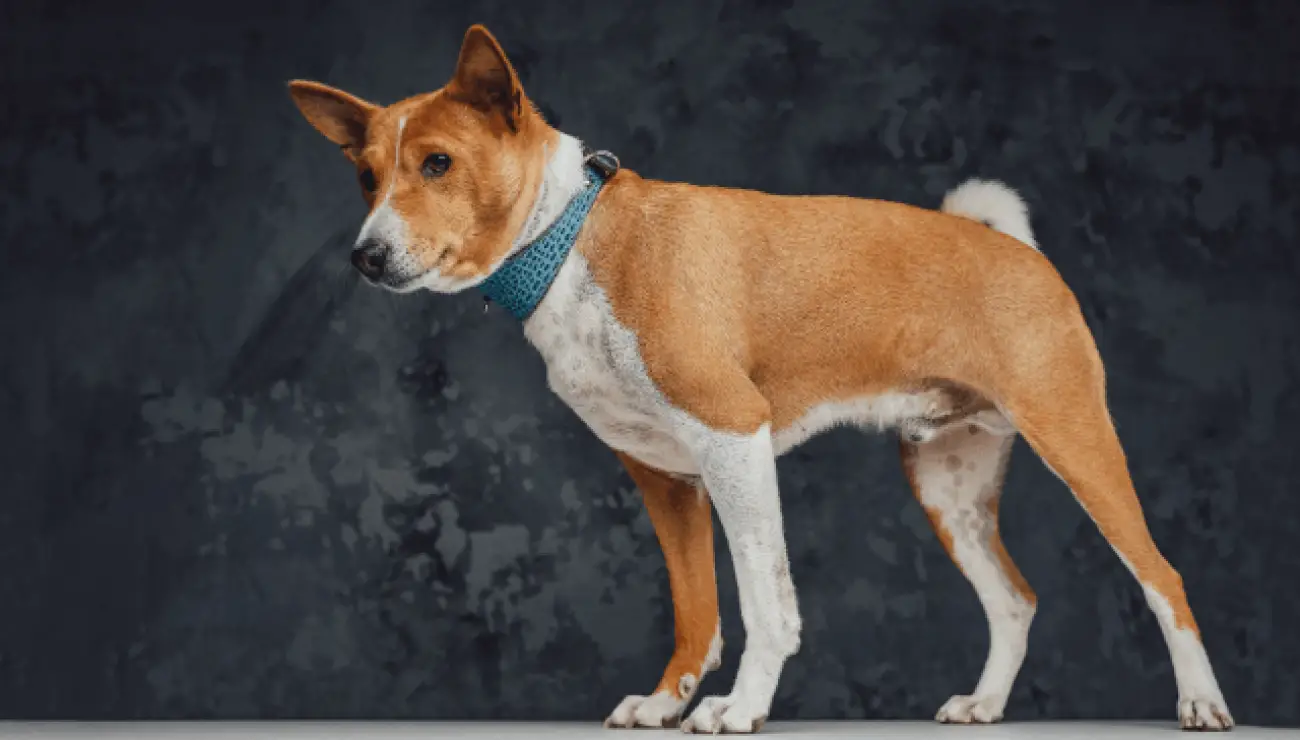
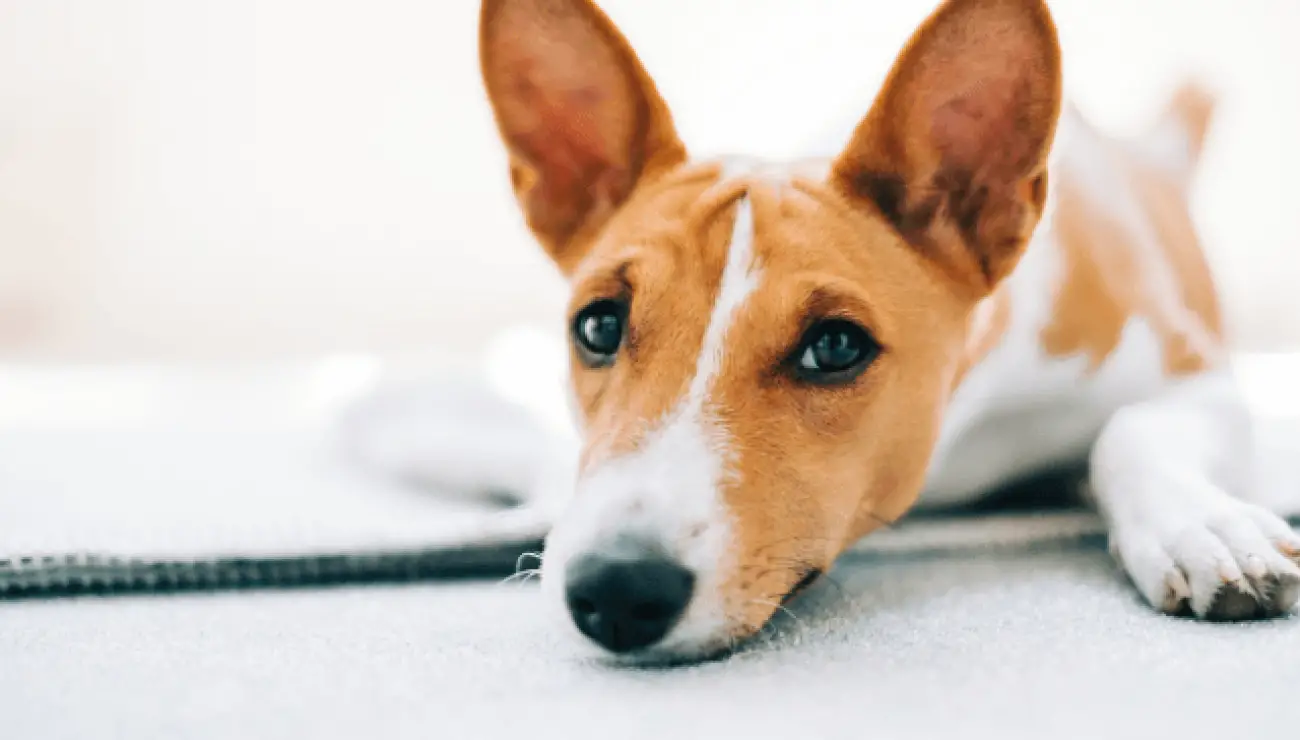

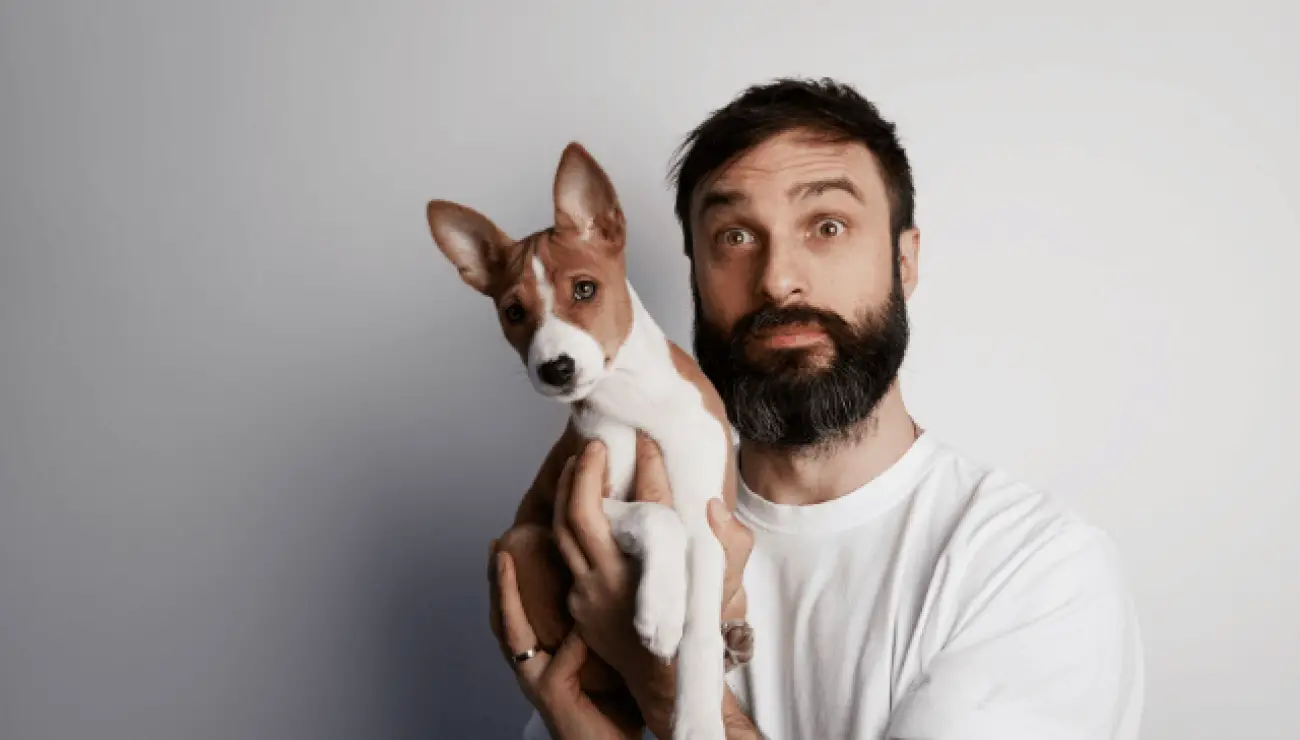
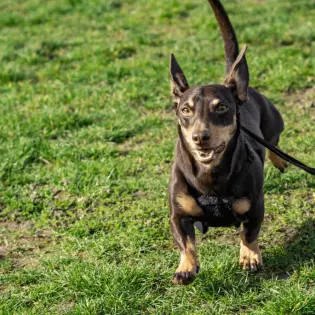
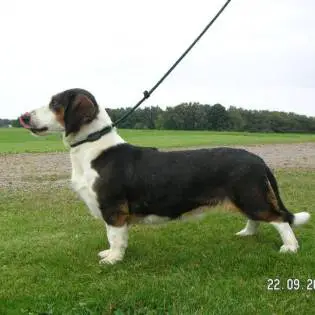
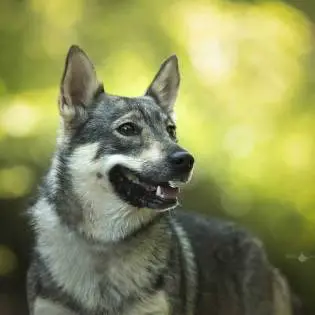
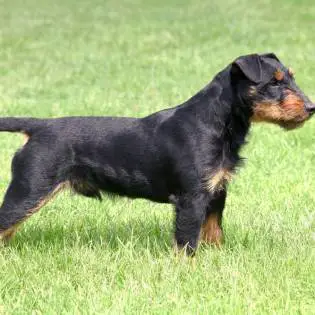
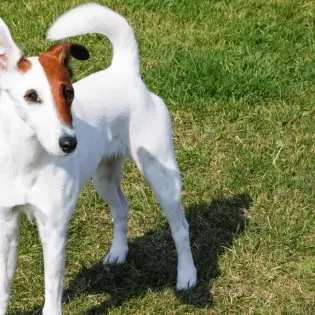
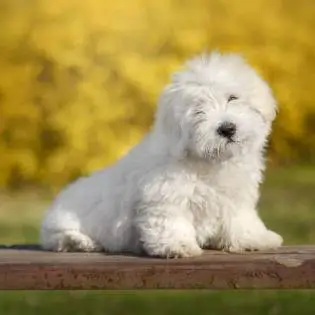
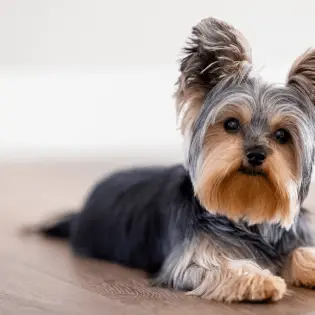
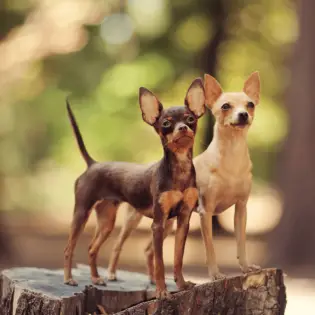
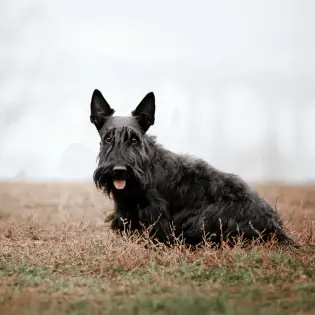
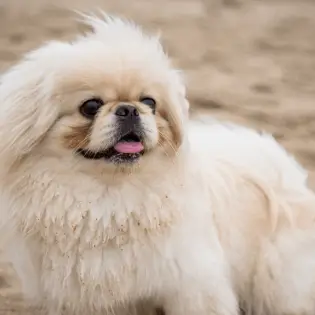

Share